A Mortgage Recast Is an Alternative to Refinancing
If you would like to reduce your monthly mortgage payment without having to refinance, then you may want to explore a mortgage recast.
When you recast your mortgage, you put money toward the principal balance of your current home loan. Your mortgage lender then recalculates (reamortizes) your loan based on your new, lower balance, which reduces your monthly payment. Your interest rate and the number of years remaining on your loan stay the same. Here are three scenarios where a mortgage recast might be especially appealing.
- You have extra cash on hand, perhaps from a bonus or an inheritance. It's sitting in a low-yield account.
- You are close to retirement or retired. You want to keep your home but lower your monthly expenses.
- You bought a new home with a smaller down payment than you intended because your old home is still on the market. But once your old home sells, the proceeds can be applied to your new mortgage through a recast.
Refinancing your mortgage may be a better option if your goal is to pay off your loan faster by shortening the term, or if you want to lower your interest rate or obtain cash. But if your objective is simply to lower your monthly payment and save on interest charges, then recasting your mortgage may be appropriate. Recasting is generally simpler and less expensive than refinancing because you're keeping the same mortgage instead of applying for a new one. It doesn't require an extensive application, a credit check, a new appraisal, or closing costs, though you typically will need to pay a processing fee.
Check with Your Lender
Not all mortgage lenders offer recasts, and some types of loans, including FHA, VA, USDA, and certain jumbo loans are not eligible for recasting. If you do qualify for a recast, your lender will give you more details about the process.
You may be able to recast once you've increased your equity by making extra payments or by paying a lump sum toward your mortgage balance. Minimums vary, but the additional principal required may be as little as $5,000. Of course, the more you put toward your principal, the lower your future monthly mortgage payment. If you are currently paying principal mortgage insurance (PMI), putting a lump sum toward your mortgage may help erase that, further lowering your monthly payment.
One drawback of a mortgage recast is that it could tie up money you might need later for other purposes. To access your equity in the future, you may need to refinance, take out a home equity loan, or even sell your home.
All Securities Through Money Concepts Capital Corp., Member FINRA / SIPC
11440 North Jog Road, Palm Beach Gardens, FL 33418 Phone: 561.472.2000
Copyright 2010 Money Concepts International Inc.
Investments are not FDIC or NCUA Insured
May Lose Value - No Bank or Credit Union Guarantee
This communication is strictly intended for individuals residing in the state(s) of MI. No offers may be made or accepted from any resident outside the specific states referenced.
Prepared by Broadridge Advisor Solutions Copyright 2020.












